The shoes you wear are so much more than the finishing touches on your outfit - their primary purpose is practical protection when you step outside.
The right footwear supports your comfort and overall foot health by distributing your body weight evenly and reducing the strain on your joints during movement. That being said, there are so many different types of shoes to choose from, with one of the most captivating being barefoot shoes.
You’re likely seeing more and more of these given their potential health benefits over traditional footwear. But what are the differences between barefoot shoes vs regular shoes, and are they really the ideal choice for you? We’re here to help you find out by comparing and contrasting barefoot vs regular shoes below.
The short answer you’re looking for is that barefoot shoes promote a more natural foot alignment and enhance sensory feedback, which can lead to improved posture and reduced foot strain. They are the better choice for short-term comfort and long-term health.
Hike Footwear’s barefoot shoes were designed with the help of orthopedists and have helped more than 1,450,000 people so far transform their foot health for the better. Explore our selection and see for yourself what makes them a superior choice to traditional footwear!
The Importance of Foot Health and the Role Your Shoes Play
To set the stage for this conversation we want to remind you of not just why your shoes matter, but why foot health is so important in the first place.
The right shoes support your feet, which are essentially the foundation holding the weight of your entire body throughout the day. Proper footwear can alleviate pressure on your foot joints, support your arches, and distribute your body weight evenly, preventing fatigue and pain.
On the other hand, shoes that don’t conform to your foot's natural shape and mechanics can lead to a cascade of issues, from blisters and bunions to more severe afflictions like plantar fasciitis and metatarsalgia. You could also experience ankle, knee, hip, or back pain coupled with postural problems, balance issues, and more.
Given the fact that each step exerts a force of up to twice your body weight on your feet, you cannot afford to overlook the role your footwear plays in daily comfort and long-term wellness. So, let’s get started with an overview of barefoot shoes below to assess how they stack up to regular shoes.
Overview of Barefoot Shoes
Barefoot shoes feature a minimalist design that seeks to mimic the natural experience of walking without shoes - which is what our ancestors did many generations ago. The idea is that less is more, and modern footwear has gone too far with certain features and designs.
The most notable characteristic of these shoes is their thin, flexible soles. This design allows the foot to feel and respond to the ground more naturally, enhancing sensory feedback and the ability to adjust posture and balance promptly.
Soles are typically made from durable, puncture-resistant materials that protect the feet while still providing the sensation of being barefoot. After all, barefoot is best!
Another important feature is the uniform height from heel to toe. This alignment supports a more natural walking and running posture, reducing the strain on the back and hips. It also promotes a midfoot strike, which is said to be a healthier and more efficient way to move.
Barefoot shoes also have a wide toe box that allows your toes to spread out. This is important for supporting good balance and proper foot alignment while lowering the risk of cramped toes along with the development of bunions or hammertoes.
There are other features too like slip-resistance, breathable materials,
The key takeaway is that these types of shoes are designed to protect your feet from the elements outdoors - the ground itself, temperature, and moisture - without hindering your movement or natural positioning whatsoever.
It’s clear that slip resistant barefoot shoes are a compelling alternative to traditional footwear. But let’s compare and contrast barefoot shoes vs regular shoes to show you where key differences exist and what these mean for your foot health and overall wellness.
Barefoot Shoes vs Regular Shoes: What are the Differences?
The differences in appearance, comfort, and performance are dramatic in comparing barefoot vs regular shoes. You’ll feel it yourself once you try them on yourself! Here’s what you can expect…
Sole Composition and Thickness
Regular shoes are designed with thicker soles to provide a buffer against rough terrain and hard surfaces. They frequently incorporate multiple layers of padding to absorb impact. This design focuses on cushioning to minimize discomfort during prolonged wear or heavy activity.
Conversely, barefoot shoes feature ultra-thin soles crafted that still protect the feet while allowing them to feel and adapt to the ground better.
This encourages tactile interaction with the environment and provides essential sensory feedback for natural foot movements. Whether you’re walking, running, hiking, or lifting, you want to be able to feel the ground as closely as possible, and barefoot shoes have an obvious edge here.
Heel-to-Toe Drop
Many regular shoes feature a visually noticeable drop from the heel to the toe, which can range from a few millimeters to several centimeters depending on the goal of the shoe.
Why it’s there is up in the air - some footwear brands claim it supports better athletic performance, while some say it’s for style. The truth is, though, this heel elevation affects the natural alignment of the foot, potentially leading to altered posture and gait dynamics.
This is why barefoot shoes do not feature a drop from the heel to the toe, as this facilitates a more anatomically correct movement pattern.
This design helps promote a natural stride where the foot lands flatter to the ground, reducing the impact on the heel and distributing pressure more evenly across the foot.
Toe Box Design
Traditional footwear often sports a narrower toe box for style purposes, but as you now know, this restricts the natural spreading of toes upon ground contact. It can inhibit proper foot mechanics and lead to deformities over time.
On the other hand, barefoot shoes are characterized by a wide toe box that allows toes to spread freely to enhance stability and balance.
This freedom not only supports natural foot alignment but also strengthens the muscles in the feet and lower legs, leading to better athletic performance and a reduction in injuries or pain.
Materials and Construction
The materials used in regular shoes tend to prioritize durability and external aesthetics, which can sometimes compromise breathability and comfort. These shoes might use heavier or stiffer materials to achieve a specific look or durability standard.
Meanwhile, barefoot shoes are crafted from materials that mimic the barefoot experience. They range from hemp to rubber but share a common goal of being lightweight, flexible, and breathable fabrics that conform to the foot's natural shape and movement.
This ensures comfort while promoting air circulation to reduce the risk of blisters and other discomforts associated with regular shoes. It also means you can move easier given a lighter design.
Many people find that they feel as if they have more energy and stamina when switching to barefoot shoes. This is because regular shoes are notoriously heavy, which causes the wearer to fatigue quickly.
All of this is to say that if you are looking for a pair of shoes that keep you fresh on your feet for long walks, barefoot hiking shoes are an excellent choice.
Support and Cushioning
Another distinct difference between barefoot shoes vs regular shoes is the level of support and cushioning. Traditional footwear is designed with structured support systems at the forefront, such as arch support and additional cushioning.
This is said to provide stability and comfort, particularly during exercise or sport. It can also be beneficial to alleviate discomfort from prolonged standing or walking, for that matter.
Here’s the problem, though - this synthetic support can lead to foot misalignment and weakness that makes matters worse in the long term.
Barefoot shoes are designed with the idea of actively strengthening your feet as a principal philosophy. They lack conventional support systems to force your feet to become naturally stronger and more flexible.
While there may be a bit of an adjustment period when switching from regular to barefoot shoes, you’ll be glad you did in the long run as you’re building a more resilient foot structure.
So, Which is Right For You: Barefoot Shoes vs Regular Shoes?
It should be obvious now whether barefoot vs regular shoes are the optimal choice for your footwear needs. Here are all the ways barefoot shoes have an edge over their traditional counterparts:
- Natural Foot Mechanics: Barefoot shoes promote natural foot movements thanks to their minimalistic design, encouraging muscles and tendons to strengthen naturally.
- Enhanced Sensory Feedback: The thin soles of barefoot shoes enhance your ability to feel the ground, which improves balance and proprioception. This can help prevent falls and injuries.
- Alignment and Posture: With zero heel-to-toe drop, these shoes encourage a more natural alignment of the feet, ankles, hips, and spine. This alleviates common issues caused by conventional footwear, from back pain to posture problems.
- Toe Freedom: The wide toe boxes in barefoot shoes allow your toes to spread and grip the ground as they would naturally, which can improve balance, stability, and overall foot health. This also prevents common foot deformities associated with tight-fitting shoes.
- Lightweight Comfort: The materials used in barefoot shoes are typically lighter and more breathable than those in regular shoes, providing all-day comfort that reduces fatigue and keeps feet cool and dry.
- Improved Proprioception and Motor Function: These shoes engage more actively with the terrain to enhance neurological feedback from the feet to the brain, improving motor function and agility.
There’s no question about which is better between barefoot shoes vs regular shoes. The only question now is where to find quality barefoot shoes so you can experience the difference for yourself. As we said from the start, your search ends here at Hike Footwear.
We have barefoot shoes for lifting, barefoot shoes for work, barefoot boots for hiking, barefoot winter shoes, high top barefoot shoes, and a whole lot more. All of our shoes share the common theme of ergonomic design and superior comfort, blacked by orthopedists and podiatrists.
You can browse a range of styles including barefoot shoes for men, barefoot shoes for women, and even barefoot shoes for kids. Get yours today and invest in better foot health!
Bringing Our Comparison of Barefoot vs Regular Shoes to a Close
Hopefully this detailed comparison of barefoot shoes vs regular shoes leaves you with clarity on where differences lie and which style you should wear.
In summary, barefoot shoes promote healthier foot mechanics, enhance sensory feedback, and support natural posture and alignment, all of which can lead to improved overall physical health.
They offer a lightweight, breathable alternative that allows your toes the freedom to move and spread naturally, reducing the risk of foot deformities and discomfort.
So, at this point, why not see what the hype is all about yourself? The perfect pair is just a few clicks away at Hike Footwear ready to elevate your comfort and overall wellness today!
![[HIKE Orthopedic Soles - Black]](http://hike-footwear.com/cdn/shop/files/1_2e178206-1e1d-4da7-a519-e25a543f86d7_{width}x{height}.png?v=1755498413)

































































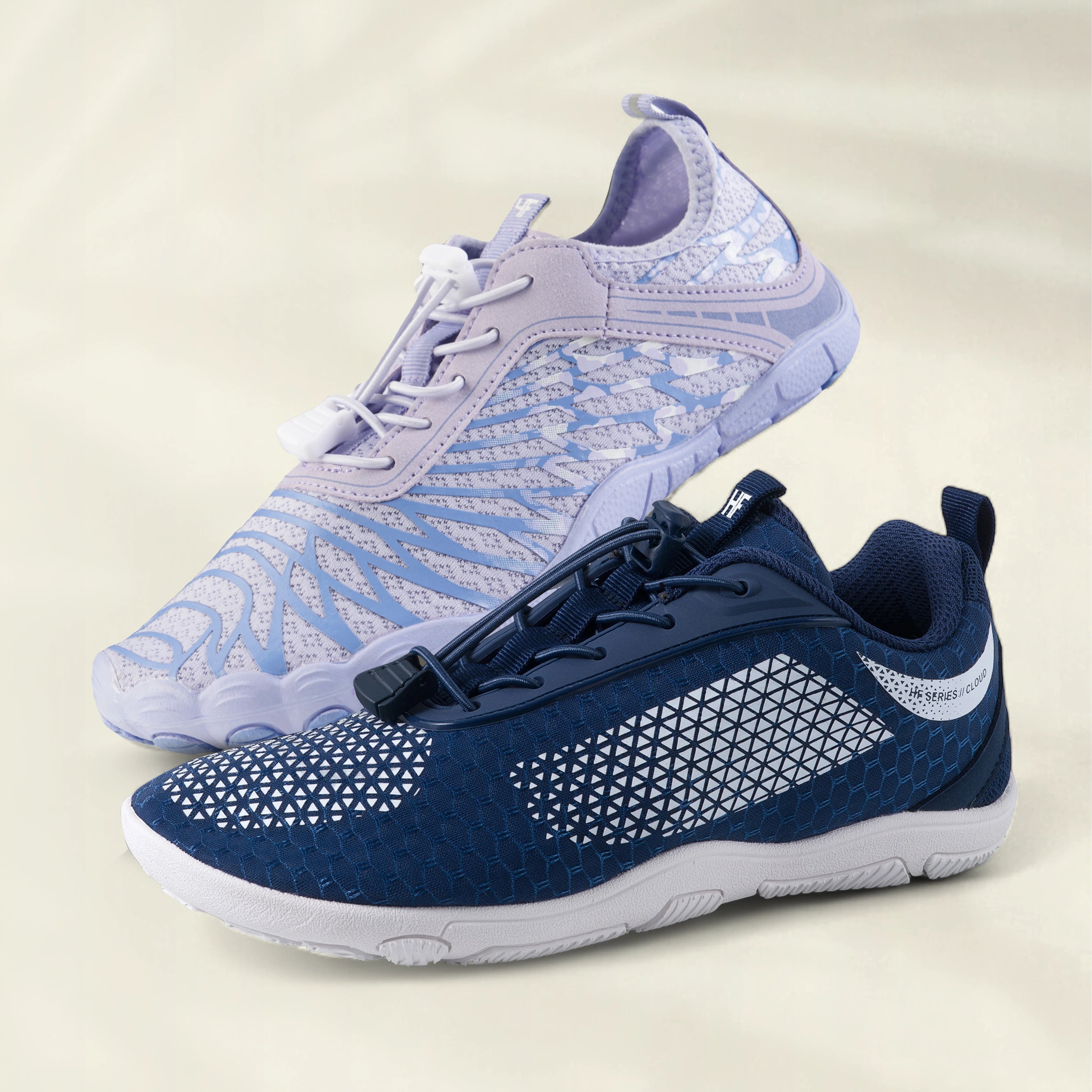

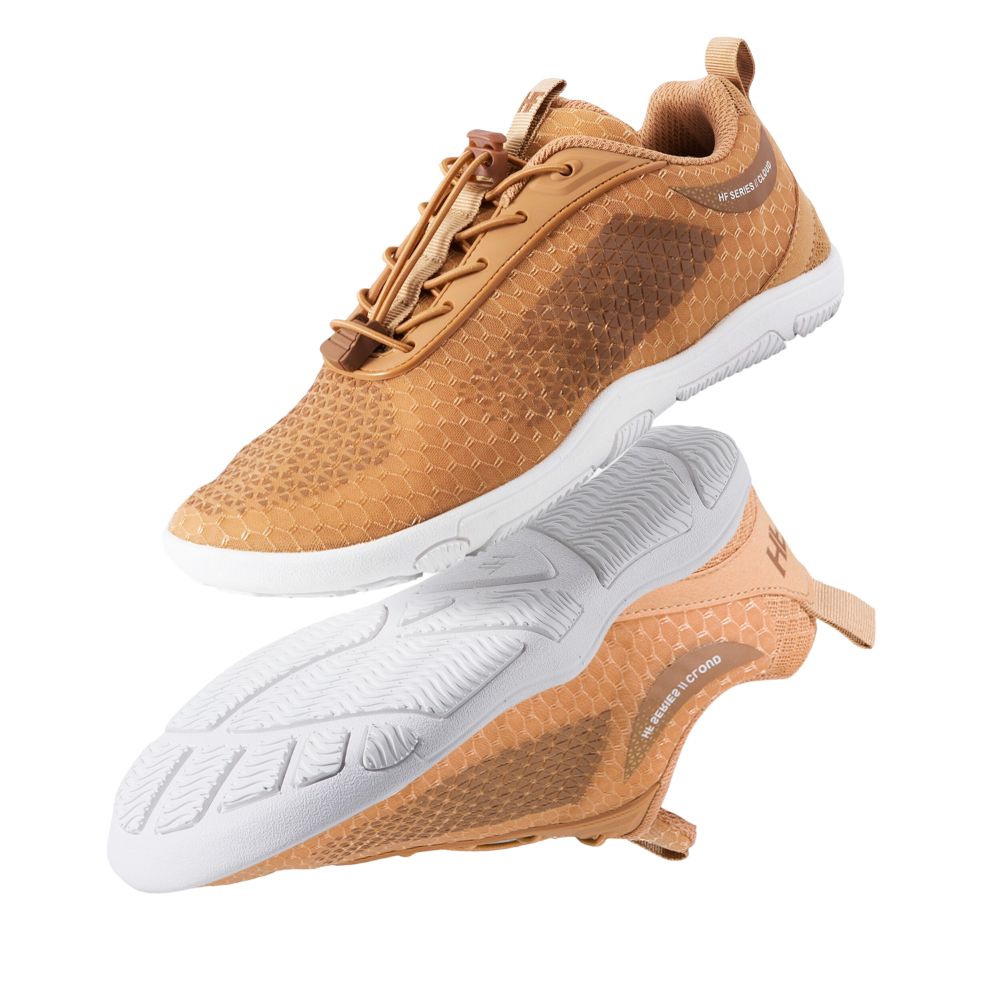
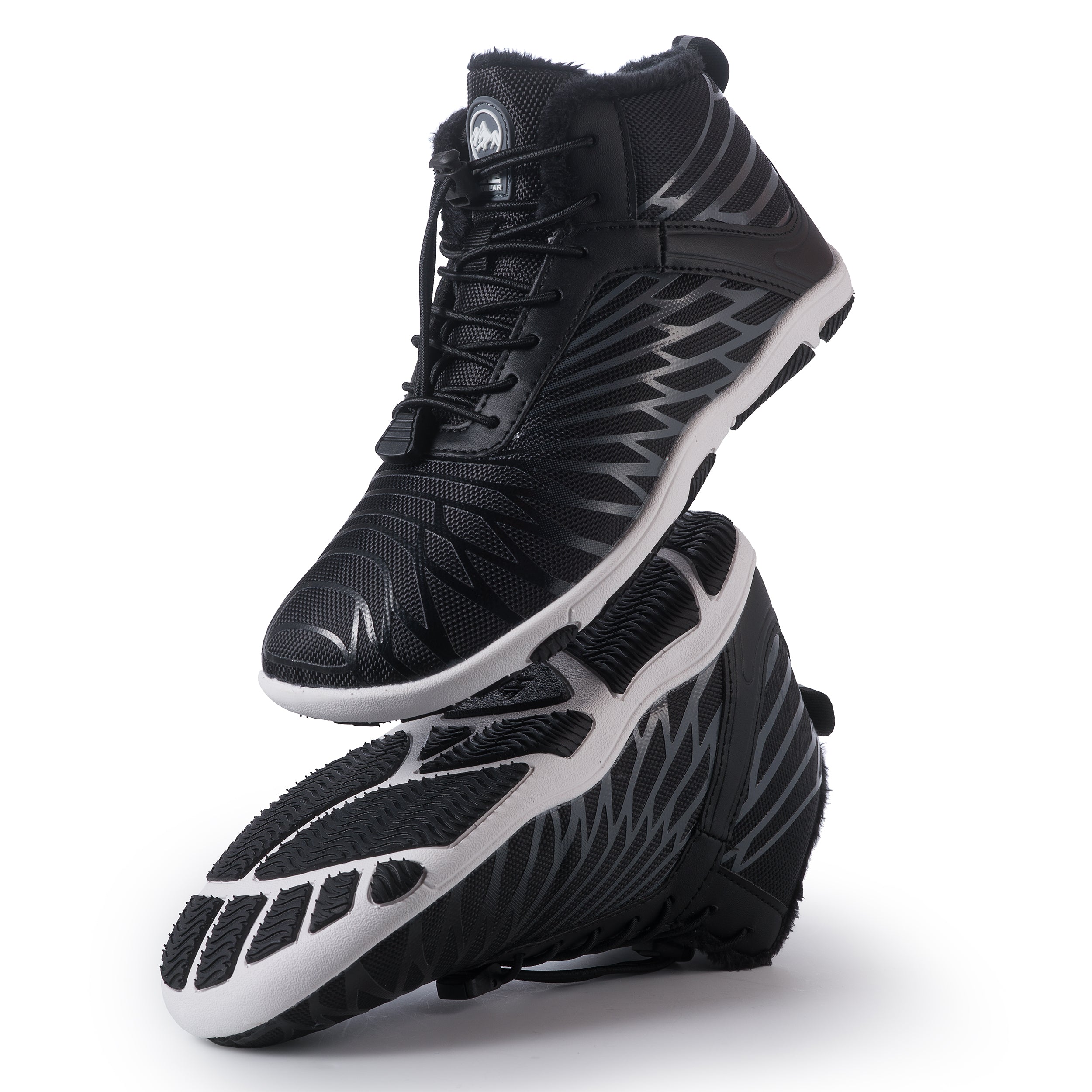
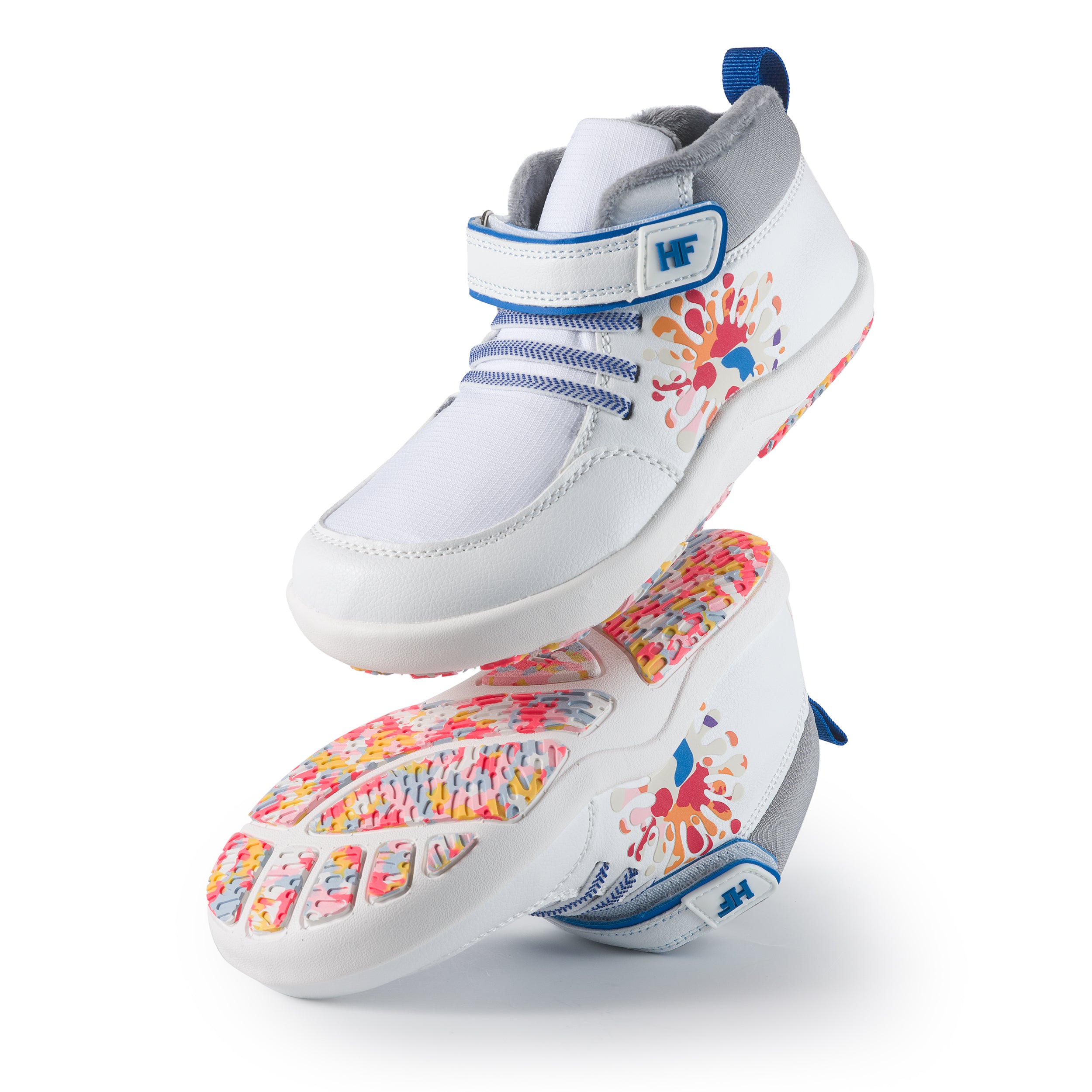
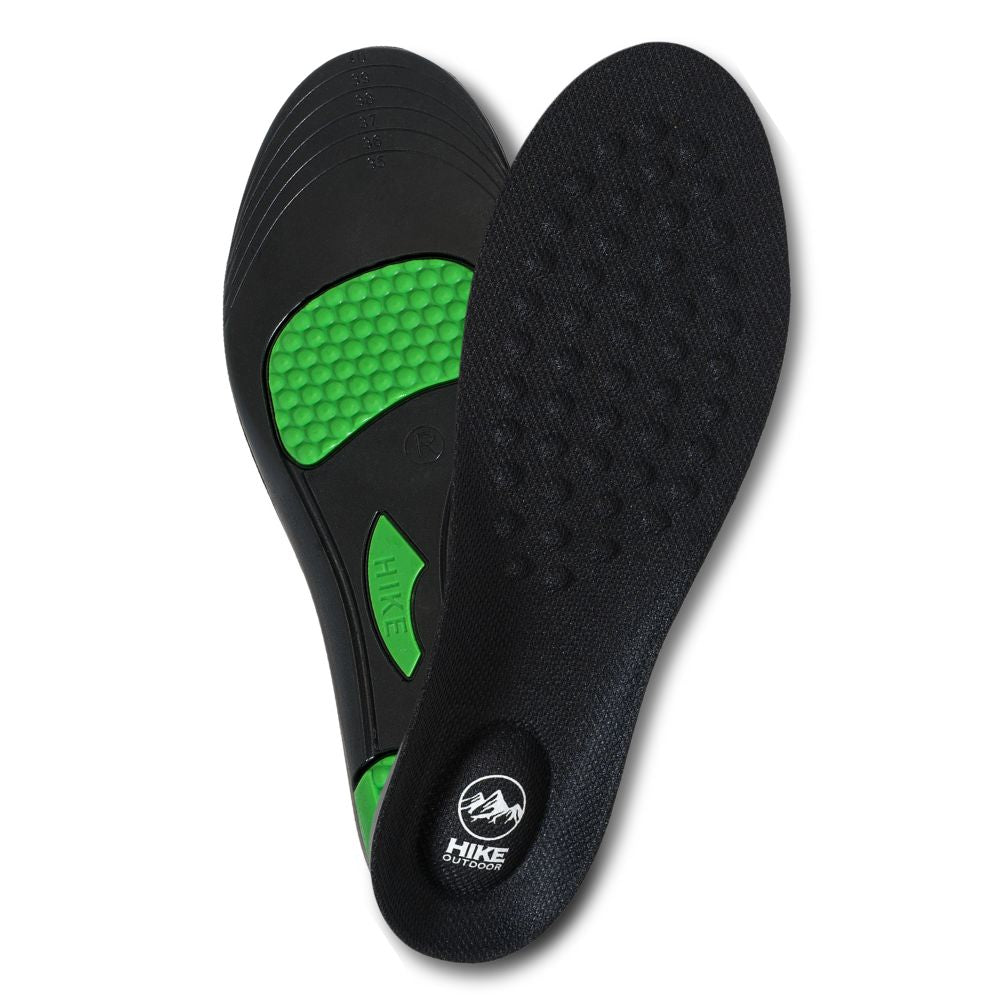
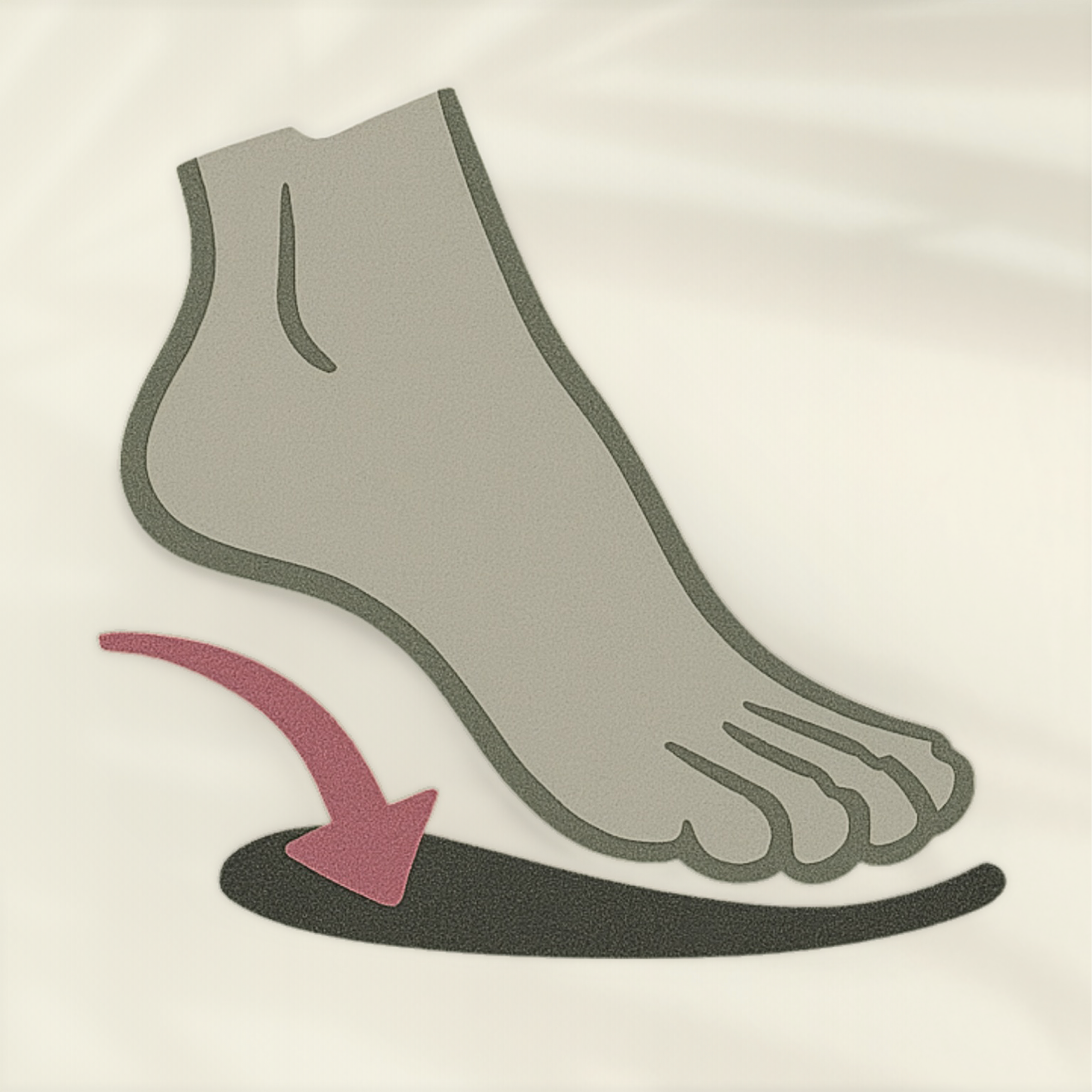


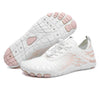
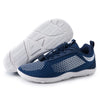
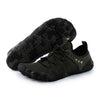
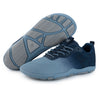

![[Lorax Pro - White / Pink]](http://hike-footwear.com/cdn/shop/files/Lorax-Pro-White-Google_{width}x{height}.webp?v=1763018793)
![[HF Stride - Beige]](http://hike-footwear.com/cdn/shop/files/Brown_c47b827d-957d-4bab-9646-bf1c66f5f5a8_{width}x{height}.webp?v=1762197951)
![[HF Cloud - Blue]](http://hike-footwear.com/cdn/shop/files/HF_Cloud_4c927657-c3a5-4cec-900e-25d909ec2b4b_{width}x{height}.webp?v=1762197937)
![[HF Shade - Sea Blue]](http://hike-footwear.com/cdn/shop/files/HF_Shade_Blue_{width}x{height}.webp?v=1759134417)